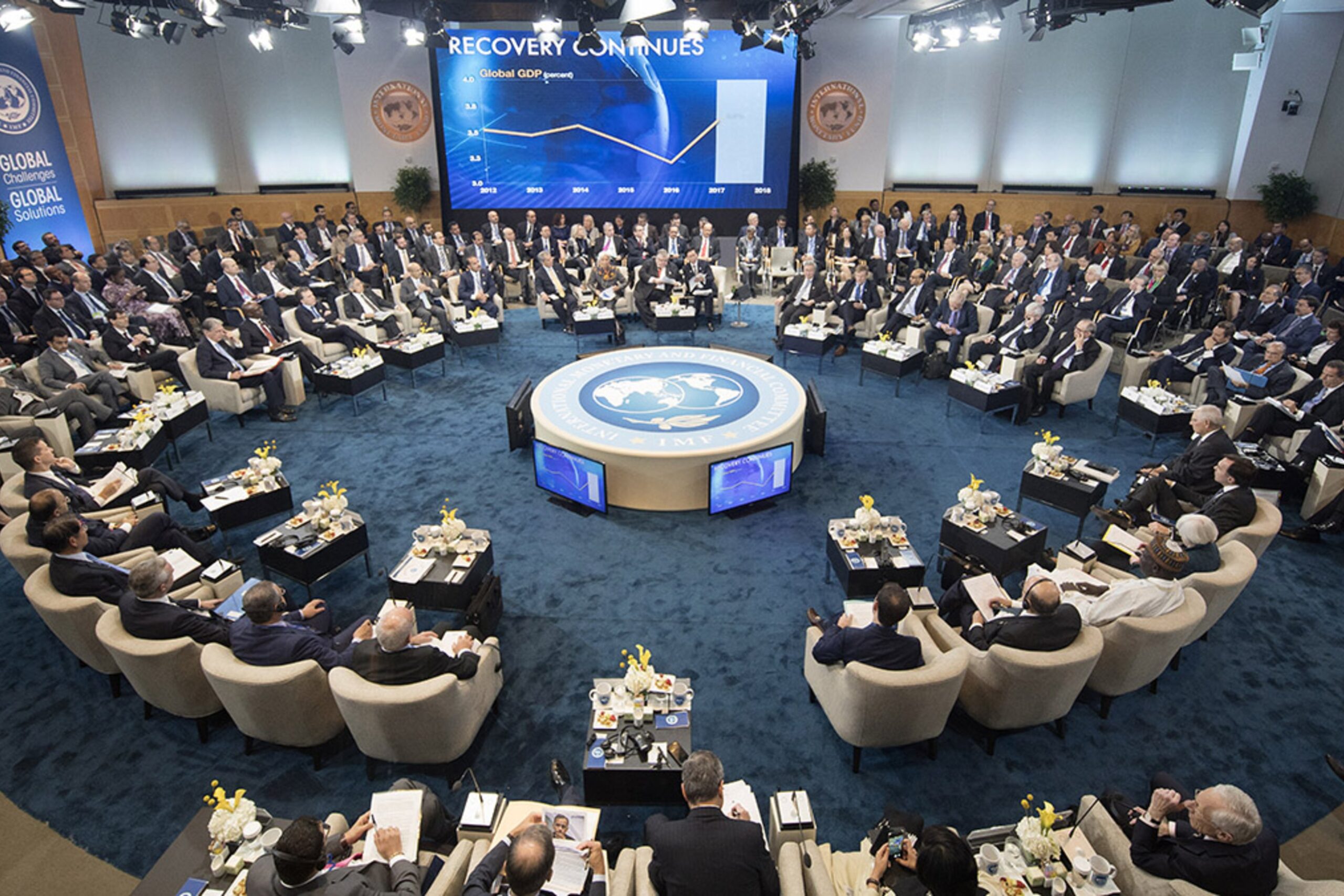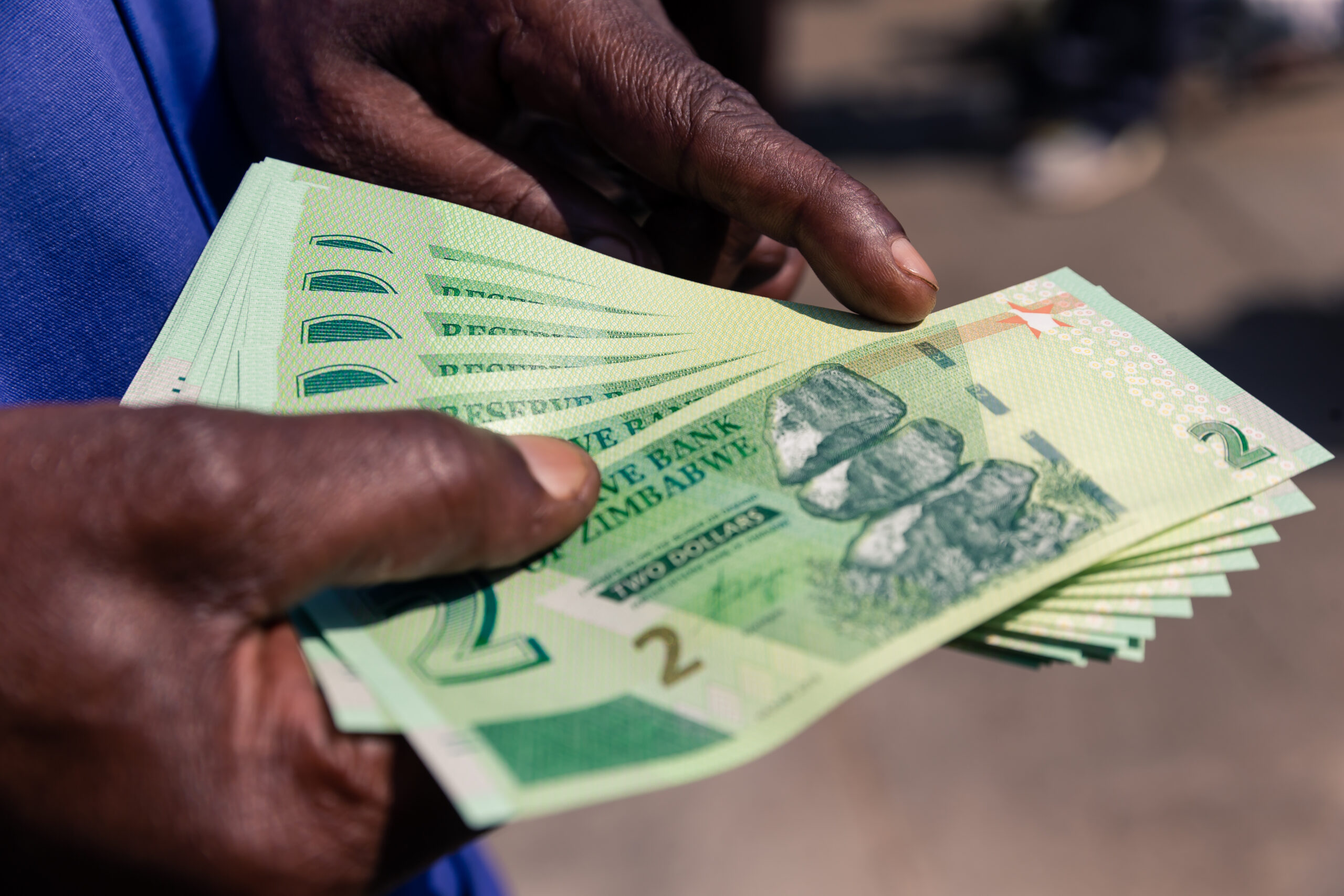Cost of living hits $40 680…as Zim cracks down on enterprise
THE cost of living for a family of six surged by 13,4% to $40 680 this month, from $35 877 in April following relentless price hikes stemming from currency volatilities and market jitters triggered by an ad hoc law forcing businesses to peg prices at official rates, Consumer Council of Zimbabwe (CCZ) data showed.
Most Zimbabwean firms obtain their forex from the parallel market where rates spiked sharply following the introduction of Statutory Instrument (SI) 127 of 2021 early this month.
Black market rates have rocketed to $140:US$1, against about $85:US$1 at the foreign currency auction market.
Last week’s figure came as authorities began a ruthless crackdown on low-income earners’ vending cites in Harare and Chitungwiza, which will pile more misery on Zimbabweans who mostly survive on the informal sector, following massive de-industrialisation due to economic mismanagement.
“The cost of living as measured by the Consumer Council of Zimbabwe’s low-income urban earner monthly basket for a family of six increased from the end of April figure of $35 877,92 to 40 682,84 by June 9 2021, showing an increase of $4 804,92 or 13,39%,” the CCZ said.
“The food basket increased by $1 504,23 or 9,83% from $15 303,88 by end of April 2021 to $16 808,11 by June 9 2021.
“The price of detergents increased by $172,69 or 16,74% from $1 031,54 to $1 204,23,” the consumer watchdog said, noting that retailers ignored government pleas not to hike prices after the introduction of the SI.
“According to the recent survey, most suppliers and outlets did not reduce their prices in Zimbabwe dollars to align their pricing with the requirements of SI 127, instead they priced products higher in USD terms to make sure they get round about the same they were getting in local currency before SI 127 of 2021,” CCZ.
Under the SI, businesses were required to align their prices with the official exchange rate, but prices have shot up by about 40% since then, including in United States dollar terms.
“The food basket recorded an increase of 9,83% from $15 303,88 in April to $16 808,11 by June 9 2021,” CCZ said.
“The increases can be attributed to service providers who are consistently adjusting their prices to factor in exchange rate movements and transaction costs of buying forex on the parallel market,” it noted.
In May, the Zimbabwe National Statistics Agency said the average cost of living for a family of five rocketed to $28 853, with prices rocketing at a faster pace in Mashonaland Central, where consumers required $32 540 to fill up the family basket.
Bulawayo and Matabeleland North provinces required over $30 000.
At the heart of the price hikes was a switch by supermarkets to tracking parallel market rates in their pricing models, even after accessing foreign currency at the forex auction market.
Last week, several firms including the Zimbabwe Stock Exchange-listed National Foods were named in a list of forex abusers by the Reserve Bank of Zimbabwe, which threatened to charge huge fines announced under SI 127.
Retailers have denied profiteering by manipulating a multiple pricing system currently obtaining on the market. But in a paper lodged with the Finance minister Mthuli Ncube spelling out its expectations for the upcoming midterm budget review, the Confederation of Zimbabwe Retailers recently said that the sector had been held back by monthly fuel price hikes.-newsay









